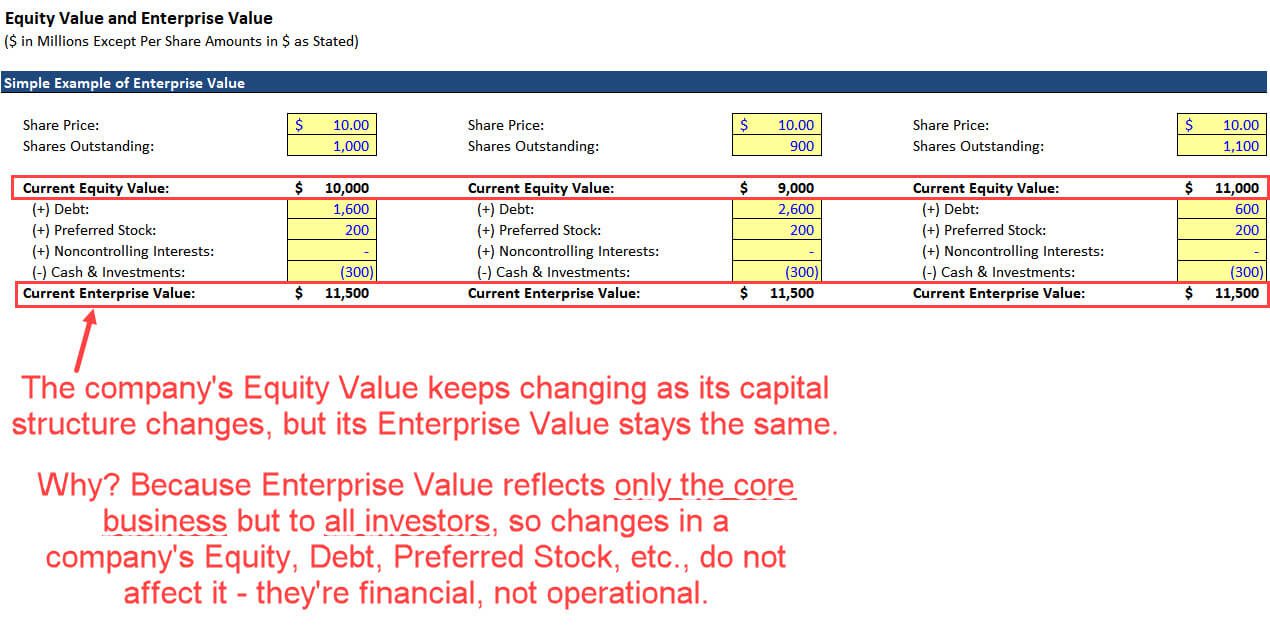

For instance, in comparison to a closely-held public company, a private limited company has a higher restriction on the transferability of shares due to statutory limits that shareholders are bound to under their shareholder agreement. Such constraints ultimately limit liquidity potential by shrinking the pool of potential buyers and/or making timings to sell more arduous. Discount for Transferability RestrictionsĮquity shares become less valuable to their holder when there are restrictions on the transferability of them. Each section will introduce the adjustment, why it is necessary, and some empirical examples of benchmarks that are commonly applied by practitioners in live environments. Now the discussion will move to each of the discounts/premiums applied to each level of value this will start from the lowest level (restricted stock). For instance, if the inputs used are cash flows to minority shareholders for DCF, then no DLOC will be required because control is irrelevant at this point. Relate the inputs used to the levels of value in question.

Any discount can be converted into a premium using the following equation to inverse it.For example, use a 30% discount for DLOC on the public stock level, instead of adjusting the discount rate upward by 3%. The discounts should be applied to the value and not blended into the time value-based discount rates.For instance, after arriving at the public stock level, use the control (DLOC) and then the liquidity (DLOL) discounts, respectively. It is always advisable to apply the discounts/premiums from the level next to the one you are appraising.
#Convert enterprise value to per share value how to#
With regards to how to apply the discounts and premiums, the following are my high-level recommendations: At this juncture, the levels of value can then be applied in order to bring the valuation in line with the marketability and control scenarios in play.

Applying Through the Valuation ProcessĪ typical valuation process will start with using inputs (observable data points) from the market, which results in a price that would be equivalent to that of a minority share in public stock. For instance, a sufficiently large tract of land is marketable, but not necessarily liquid, while shares under lock-in period may be liquid but not marketable. An asset being illiquid does not mean non-marketable it may still be saleable but not quickly or without loss of value. *Marketability is saleability while liquidity is how fast the sale can occur at the current price. The progression down (or up) the hierarchy is based on discounts (premiums) for appropriate enterprise-level or security level restrictions (autonomy). At the other end of the scale is restricted, illiquid equity held with a non-controlling stake. The strategic investor is the highest level of value and is a term often seen in the press to designate significant investors, whose presence in a large enterprise can be game-changing in terms of their financial, reputational or operational clout. They are demonstrated in the hierarchy of the table below. The levels of value define what kind of claim on the asset that the equity investor holds. In this article, I am going to explore the levels of value and introduce the individual factors that are appraised. Their resultant calculations will add a premium, or a discount, to the financial valuation of the asset and result in the fair market price. The marketability (liquidity) and the degree of control that the investor will have through equity ownership are the two components that determine the levels of value in a transaction. There are situational and circumstantial elements of a transaction that are not represented in the financial statements, which also need to be accounted for. However, on its own in the real world, such exercises do not paint an accurate picture of the business’ value. Traditionally, when a business is valued, it is appraised primarily on its ability to generate future cash flows, with the subsequent present value of them determining worth to investors.


 0 kommentar(er)
0 kommentar(er)
